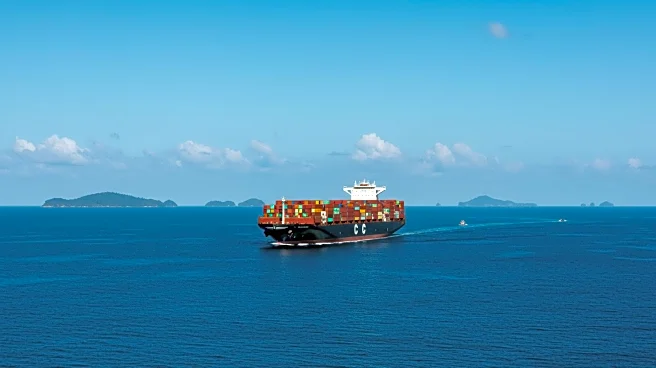Rapid Read • 7 min read
The National Motor Freight Traffic Association (NMFTA) has successfully implemented significant updates to the National Motor Freight Classification (NMFC) system, marking a pivotal change in the less-than-truckload (LTL) market. Despite FedEx Freight delaying its adoption until December 1, shippers and carriers are adapting to the new density-based classification system. The changes, effective since July 19, require shippers to specify the exact density and dimensions of their freight, moving away from traditional weight-based classifications. This shift aims to improve pricing accuracy and efficiency in the $66 billion LTL market. NMFTA has also launched ClassIT+, a digital platform to aid in precise freight classification.
AD
The updates to the NMFC system are crucial for the logistics industry, as they reflect modern shipping practices and enhance fairness and consistency across the supply chain. By focusing on density-based classification, the changes are expected to streamline operations and reduce inefficiencies caused by misclassifications. Shippers and carriers stand to benefit from more accurate pricing and reduced penalties for incorrect freight information. The introduction of ClassIT+ further supports the industry by providing a scalable and intuitive tool for freight classification, potentially leading to long-term improvements in logistics management.
FedEx Freight plans to fully adopt the new classification system by December 1, encouraging customers to start using the updated rules now. As the industry adjusts to these changes, shippers may face inspection surcharges for incomplete or inaccurate freight details. NMFTA's ClassIT+ platform will continue to play a key role in facilitating the transition, offering educational resources and support to users. The industry will likely monitor the impact of these changes on shipping costs and operational efficiency, with potential adjustments to practices and policies as needed.
AD
More Stories You Might Enjoy










